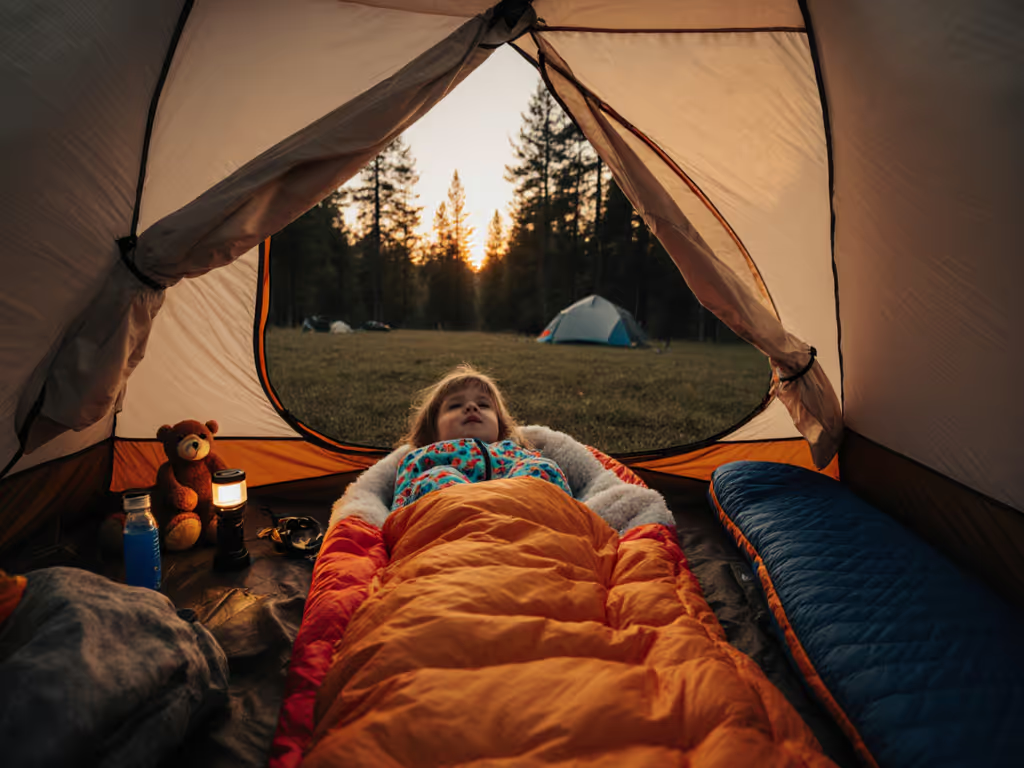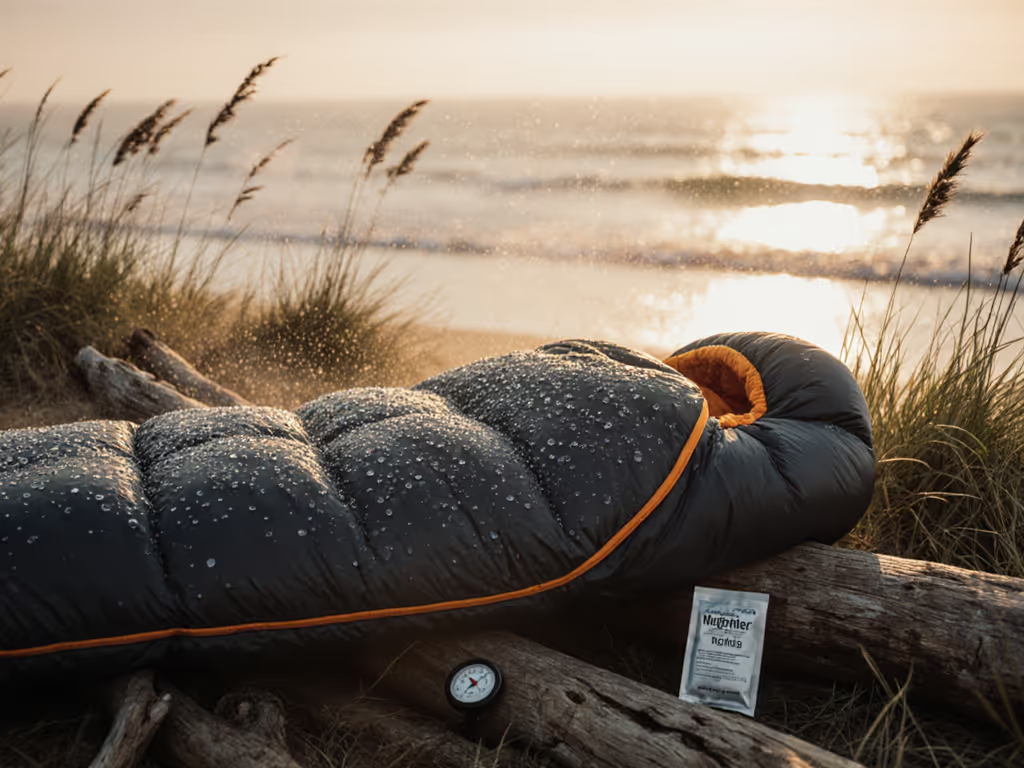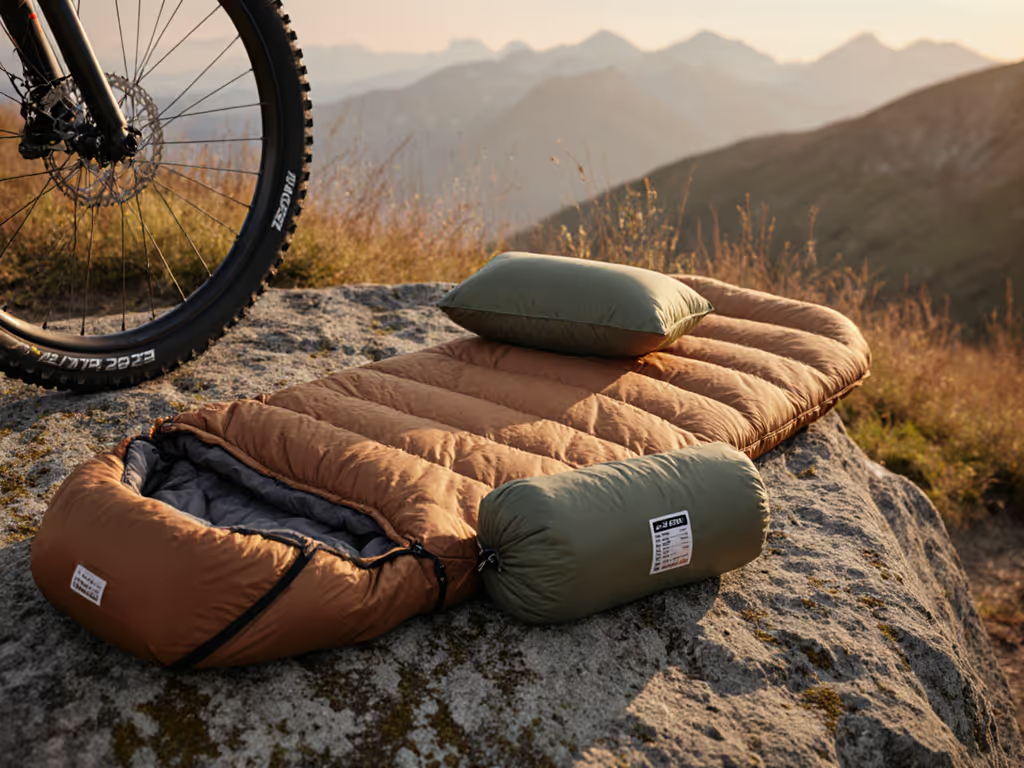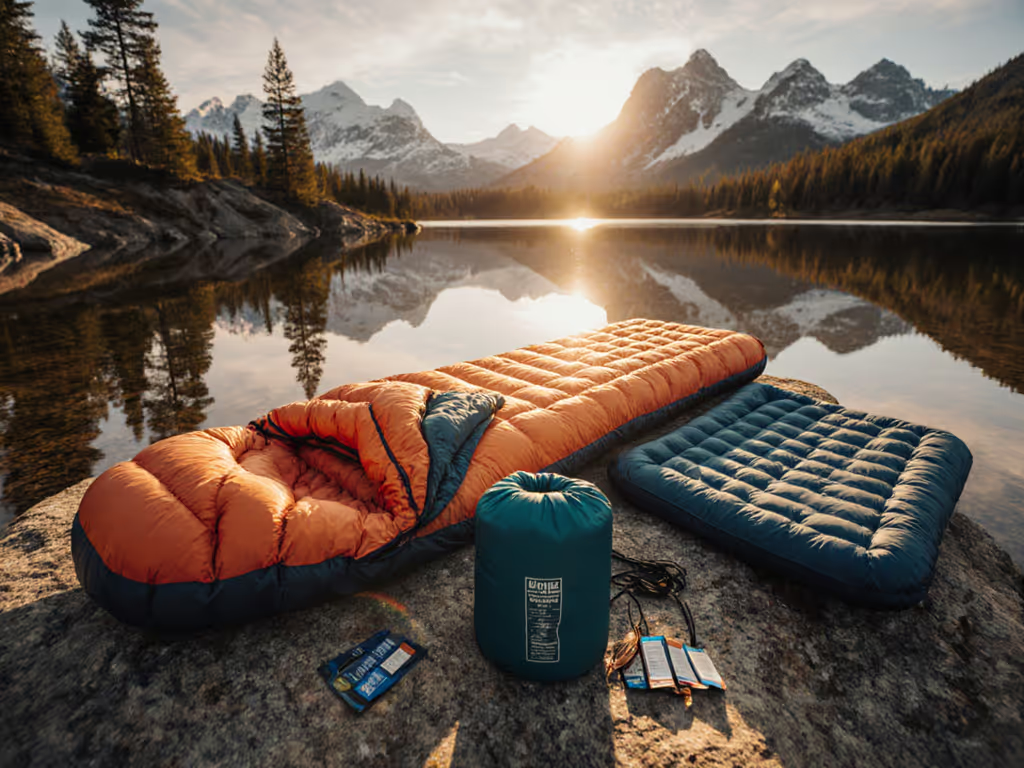
Western Mountaineering ISO Ratings Personalized

Navigating sleeping bag ratings requires translating lab standards into real-world warmth. Western Mountaineering (WM) stands apart with its meticulous approach to temperature ratings, prioritizing field testing and fill-weight precision over blanket ISO certification. This guide dissects their methodology, fabric science, and personalized adjustment strategies to match your physiology, shelter, and climate.
1. How does Western Mountaineering determine temperature ratings?
WM uses a hybrid system:
- Field testing: Rigorous real-world validation by guides and expeditions[1][3].
- Fill-weight benchmarks: Historical loft-thickness rules (e.g., 6" for 15°F; 8.5" for -10°F)[1].
- Partial EN testing: Where available, WM ratings fall between EN "comfort" and "limit" values[3].
Unlike brands relying solely on ISO/EN testing, WM prioritizes consistency across conditions. As one reviewer notes: "Their ratings are generally regarded as comfort ratings"[1], meaning a -10°F bag typically keeps an average sleeper warm at -10°F.
2. What factors cause real-world performance to deviate from ratings?
Seven variables necessitate personalization:
| Factor | Impact on Warmth | Mitigation Strategy |
|---|---|---|
| Body Type | Women/cold sleepers lose heat faster | Subtract 10-15°F from rating |
| Ground Insulation | Inadequate pad R-value causes conductive heat loss | Use R≥5.38 pad (WM standard)[3] |
| Shelter | Single-wall tents/bivies increase wind chill | Add 5-10°F buffer |
| Humidity | Damp air reduces loft efficiency | Hydrophobic down or GWS fabric in coastal/alpine zones[4] |
| Sleepwear | Base layers add ~10°F; moisture-wicking is critical | Merino wool or synthetic base layers |
| Metabolism | Evening meals/activity level affect heat output | High-calorie dinner + light exercise |
| Regional Microclimates | Desert (radiative) vs. rainforest (conductive) heat loss | Desert: Add 5°F margin; Rainforest: Prioritize moisture control |
3. How do WM shell fabrics influence real-world performance?
WM's fabric trilogy balances weight, moisture resistance, and breathability:
| Fabric | Best For | Hydrostatic Head | Weight (oz/yd²) |
|---|---|---|---|
| ExtremeLite | Ultralight summer trips | 1200 mm | 0.74 |
| Microfiber | 3-season versatility | 2000 mm | 1.35 |
| Gore Infinium | Snow/wet expeditions | 12,000 mm | 1.7 |
Translation: Coastal kayakers benefit from Gore Infinium's 12K mm hydrostatic head[4], while Appalachian Trail thru-hikers might prefer Microfiber's balance. For shell fabric breathability and moisture control basics, see our moisture-wicking fabrics guide.
4. How should I adjust WM ratings for my sleep profile?
Apply these evidence-based heuristics:
- Cold sleepers: Subtract 15°F (e.g., a 20°F bag → comfort at 35°F)[1][3].
- Restless side-sleepers: Size up for shoulder room to avoid insulation compression. Side sleepers can dial in fit using our side sleeper sleeping bags guide.
- Women: WM's bags lack dedicated women's cuts; consider VersaLite's roomier fit.
- Pad synergy: Pair bags with these R-values:
- Summer (30°F+): R=2-3
- Shoulder season (20°F): R=4-5
- Winter (<0°F): R=6+[3]
5. Can I trust WM ratings without universal ISO certification?
Yes, with caveats:
- Conservative ratings: Third-party testing (Outdoor Gear Lab) confirms WM bags meet or exceed ratings[6].
- Field-first philosophy: WM prioritizes expedition data over lab simulations[3].
- Transparency: Fill weights and loft thicknesses are published for cross-comparison[2][5]. To understand how fill power translates to real warmth and packability, read our fill power explainer.
As one user summarizes: "[WM] sells a -5°C ISO rated bag as a -10°C bag"[7], reflecting their conservative approach.
6. Which WM bags best address common pain points?
Tailored recommendations:
- Cold feet: Antelope MF (-5°F) features overfill footbox and draft collar.
- Side sleepers: Sycamore MF (25°F) semi-rectangular cut reduces shoulder compression.
- Humid climates: Kodiak GWS (0°F) with Gore Infinium blocks condensation.
- Weight-conscious alpine: Puma MF (-25°F) at 3 lbs 7 oz leverages 850+ fill power[2].
7. What sleep system maximizes WM performance?
Integrate components:
- Ground Pad: Therm-a-Rest NeoAir XTherm (R=6.9) for <0°F[3].
- Sleepwear: Merino base layer + down socks (adds 10°F).
- Shelter: Double-wall tent (e.g., Big Agnes Copper Spur) minimizes condensation.
- Draft Management: Use WM's draft tubes and hood cinches religiously. For more strategies that stack with WM's design features, see how to stay warm in your sleeping bag.
Lab-to-Field Translation: Your 20°F WM bag + R5 pad + double-wall tent ≈ 28°F real-world comfort.
Final Verdict: Personalization Over Protocol
Western Mountaineering excels in craftsmanship and conservative ratings, but real-world warmth hinges on three pillars: honest self-assessment (sleep style/metabolism), context-aware gear pairing (pad R-value, shelter), and moisture strategy. For alpine bivies, prioritize Gore Infinium; for ultralight summer tours, ExtremeLite suffices. Remember: assumptions disclosed, limitations define your sleep system's success. Match a WM bag to your coldest expected temp minus 10°F, invest in R≥5.38 insulation beneath you, and never underestimate a dry sleep sock.
This approach transforms arbitrary numbers into predictable warmth, because cold nights shouldn't hinge on marketing.



